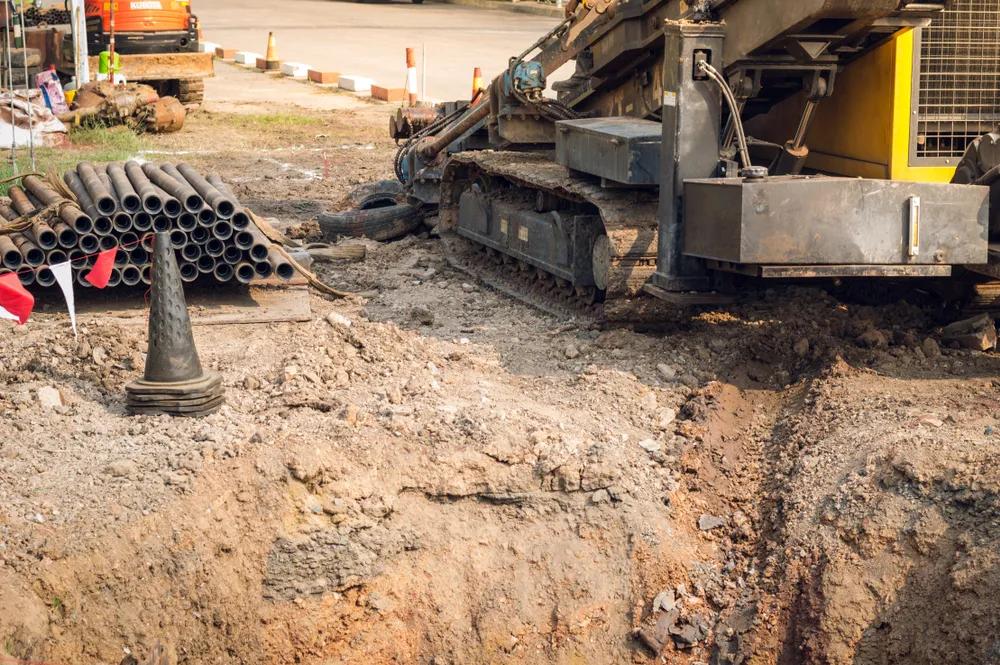Australia’s need for reliable underground infrastructure continues to grow as councils and utility providers focus on long-term solutions that keep communities moving with minimal disruption. Horizontal directional drilling in Sydney has become one of the most efficient ways to install pipes and cables across both urban and regional areas. New technology is now helping drilling crews work with greater accuracy, productivity and safety. At Daley Drilling we have seen how these tools are changing the way projects are planned, managed and completed on site.

Modern HDD tools are giving crews stronger control over bore paths and helping them achieve consistent results even in difficult soil conditions. These improvements reduce delays, increase confidence in design accuracy and support smoother project delivery from start to finish.
Rotary steerable systems are one of the biggest advancements in the HDD industry today. With these systems the drill head can adjust direction while the drill string continues to rotate. This allows for smoother and more predictable movement, which is especially useful in Australia, where soil conditions can vary over short distances.
RSS technology performs particularly well in areas where the ground can shift quickly, such as coastal suburbs or semi-rural locations. In practice this means crews can:
Because the drill can continue rotating while adjusting direction, operators avoid constant stop-and-start corrections, which supports a more efficient workflow.
Another major step forward is the introduction of networked drill pipes. Often known as wired drill pipe systems, these tools allow for fast communication between the drill head and surface operators.
For crews on site this provides:
When RSS systems and networked pipes are used together, operators gain a clear, accurate view of what is happening underground, which leads to more confident decision-making and smoother drill progression.
Real-time monitoring is becoming standard across many Australian HDD projects. Being able to see conditions as they change gives crews the opportunity to correct issues early, long before they affect the bore path or trigger downtime.
Modern tracking systems offer detailed readings that help teams stay within design limits. This is especially valuable in older suburbs where some utilities are shallow, poorly recorded or installed long before digital mapping.
These systems provide:
Cloud-based platforms make it easier for operators, supervisors and project managers to access live drilling information whether they are on-site or working remotely. Many crews use tablets, laptops or mobile devices to monitor:
This level of visibility supports faster decision making which is essential for night works and fast-moving civil projects.
Some of today’s monitoring tools use machine learning to identify early warning signs of equipment or ground-related issues. For example, changes in torque vibration or drill head behaviour can indicate bit wear or ground instability.
These insights help prevent:
HDD projects in Australia often involve working around dense networks of underground services. As a result, risk mitigation is a critical part of planning and execution. New technologies are helping crews work more safely while reducing disruption to surrounding homes and businesses.
Before You Dig Australia remains the first and most important step in planning underground works across Australia. However, many teams now use additional tools to verify the information and reduce the chance of unexpected hazards.
Ground-penetrating radar is widely used to confirm what lies beneath the surface before drilling begins. GPR helps identify:
These findings give crews a clearer understanding of potential challenges and allow them to plan more effectively.
Electromagnetic locators help confirm the exact position of buried metal utilities such as older telecom lines, copper cabling and steel pipelines. This step is especially important in suburbs where infrastructure has been upgraded or replaced several times.
Many contractors now combine DBYD plans, GPR scans and council GIS data into one detailed digital model. This creates a more accurate picture of the subsurface environment and reduces delays caused by unexpected utility conflicts.
Urban HDD projects require a higher level of planning because of tight work sites heavy traffic and crowded underground corridors. Modern software tools are helping project teams overcome these challenges with greater precision.
AI-based planning software uses soil information, historical records and utility maps to design safe and efficient bore paths. These programmes help predict where resistance is likely and where potential conflict zones may occur.
This leads to:
Virtual simulations allow teams to review every stage of the drilling process before work begins. These models are especially helpful for:
Simulation gives crews the chance to identify challenges early and develop a practical plan that reduces disruption.
Many Australian states have strict environmental requirements for HDD activities. To stay compliant, contractors often use sensors and monitoring tools that track:
These readings help teams respond quickly to any change and ensure the project remains within regulatory limits.
The rapid improvement of HDD technology is helping Australian drilling companies complete projects with greater accuracy, safety and efficiency. Modern steering tools, real-time monitoring systems and advanced planning methods are giving crews the support they need to install underground services with minimal disruption. At Daley Drilling we continue to adopt these innovations so we can meet the needs of councils, utility providers and communities while delivering reliable long-term results.